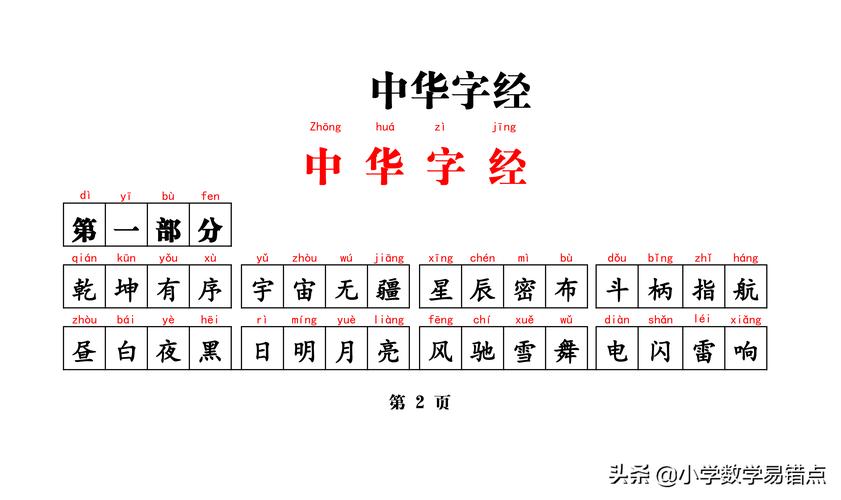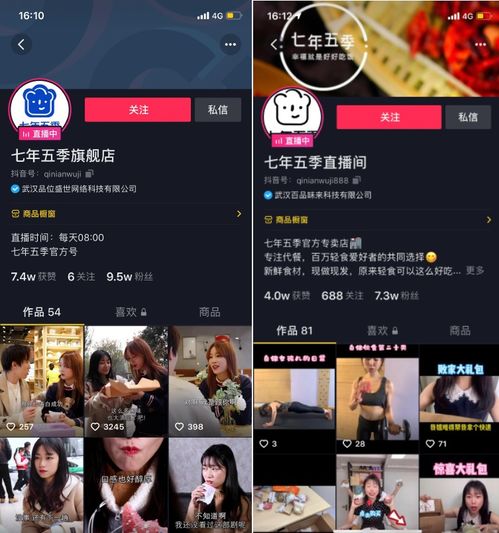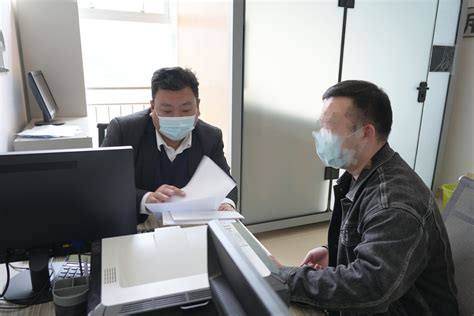田勇诉北京科技大学案剧本
The case of 田勇诉北京科技大学 (Tian Yong v. University of Science and Technology Beijing) appears to be a legal case, but without specific details on the nature of the dispute, timeline, or key issues involved, I can't provide a detailed analysis directly relevant to this case. However, I can discuss the general context and types of legal disputes that might typically occur between an individual and a university in China, which might help contextualize the case you're referring to.
Common Types of UniversityRelated Legal Disputes in China
1.
Employment Disputes:
These cases often involve issues such as wrongful termination, disputes over contracts, allegations of unfair labor practices, or disputes over academic freedom and tenure.2.
Admission and Academic Disputes:
These may involve issues around the fairness of admissions processes, accusations of discrimination, or disputes over student assessments and qualifications.3.
Intellectual Property Disputes:
These cases can arise over the ownership of patents, copyrights, or other intellectual property created by students or faculty members in the course of their research at the university.4.
Disciplinary Actions:
Disputes may also arise from disciplinary actions taken by the university against a student or staff member, which the affected party might claim to be unjust or discriminatory.5.
Research Misconduct Allegations:
Disputes might involve allegations of falsifying research results, plagiarism, or other forms of academic dishonesty.Legal Framework
In China, disputes involving universities can be complex due to the interplay of administrative law and civil law. Universities in China are often closely connected with the government, adding an additional layer of complexity to legal actions, which typically involve administrative review processes before they can proceed to formal litigation.
Steps in a Typical Case
1.
Complaint Filing and Review:
The individual (e.g., a faculty member, student, or employee) would typically need to file a formal complaint through the university’s internal systems before pursuing external legal action.2.
Administrative Review:
Given the quasigovernmental status of many universities in China, there might be a requirement to seek a resolution through administrative channels, possibly involving government departments responsible for education.3.
Court Proceedings:
If internal and administrative remedies are exhausted or deemed unsatisfactory, the case might move to a civil court, where both parties can present their evidence and arguments.4.
Resolution:
The court might offer a resolution through a judgment that could involve compensation, reinstatement, or other forms of legal remedy.Considerations

Legal Representation:
In complex cases, especially those involving significant legal and administrative hurdles, the parties typically engage legal counsel familiar with Chinese educational law and administrative procedures.
Public and Media Attention:
Depending on the nature of the case, it might attract public and media attention, which can influence the proceedings, especially in cases perceived to involve broader social issues or significant injustices.Without specific details on the case of Tian Yong v. University of Science and Technology Beijing, this general overview focuses on typical scenarios and legal frameworks that might be relevant. If you have more details about the case, such as the specific nature of the dispute or the claims involved, I could provide a more tailored analysis.











